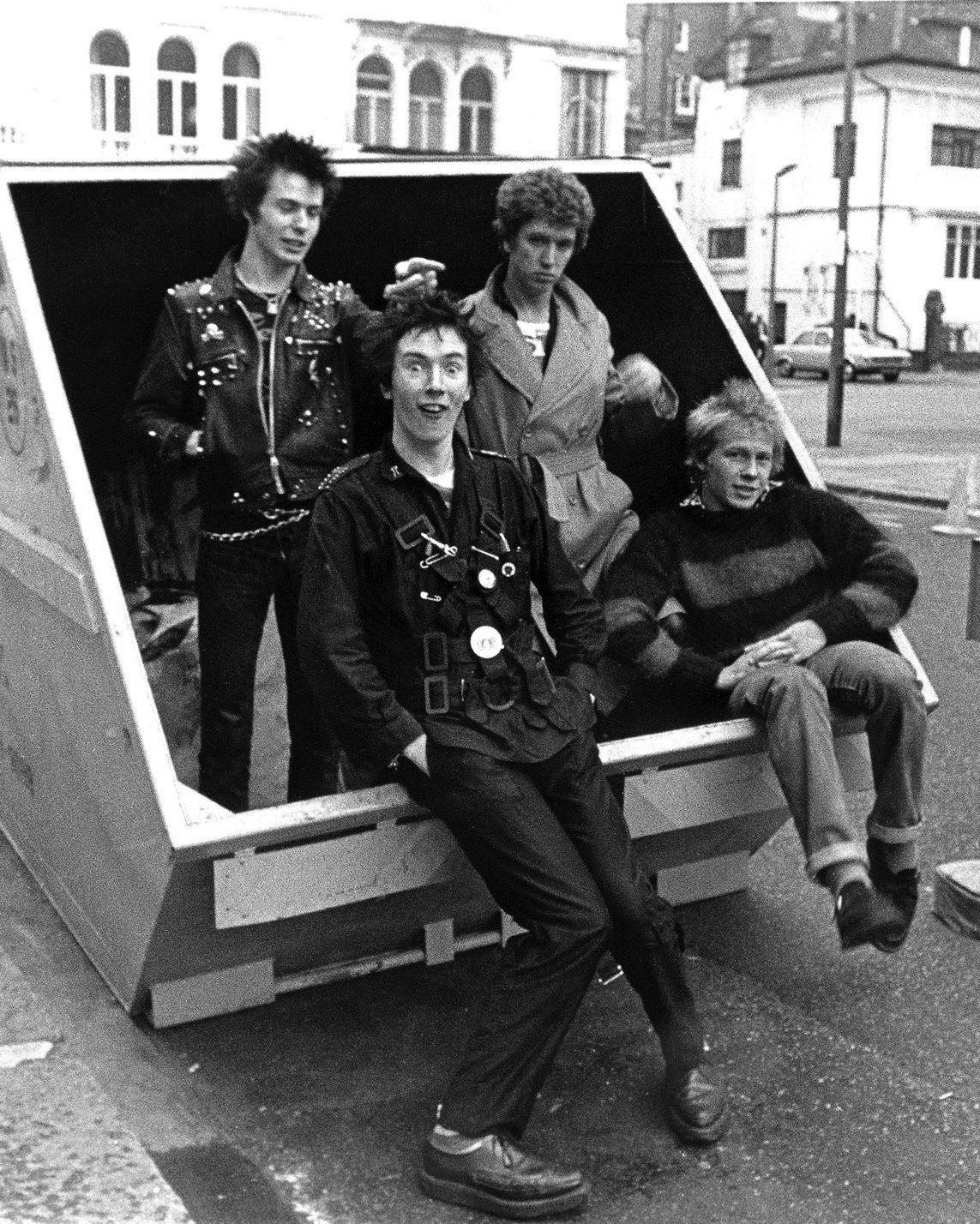Sound & Style: The Unbreakable Bond Between Fashion and Music
Image Source on Pinterest There's a kind of magic that happens when fashion and music come together. It's not just about what someone is wearing on stage or what's playing during a runway show—it's something more. Fashion and music both speak the same language of rebellion, identity, culture, and self-expression. They don’t just influence each other—they evolve together. From ripped-up safety-pinned punk rock jackets to hip-hop celebrities' flaunting oversized logos and gold chains, music and fashion have always been a powerful duo, reshaping how we appear, feel, and move through the world.
Image Source on Pinterest: the Sex Pistols Take punk, for example. You can’t mention The Sex Pistols without picturing torn-up tees, studs, and leather. Punk was not just a sound—it was a look, a lifestyle, a middle finger to the powers that be. Vivienne Westwood and Malcolm McLaren didn't just sell clothing; they dressed a movement. Their London King's Road shop was punk's anti-fashion fashion epicenter. The music was rebellion personified, and the clothing shouted louder—raw, unpolished, unapologetic. It was a visual and sonic riot, and it left a permanent mark on pop culture.
Image Source on Pinterest: Dapper DanJump to the late ’80s and early ’90s, and you’ll find hip-hop doing something similar, but in a completely different register. Rappers weren’t just changing the music game; they were rewriting the fashion rulebook. Companies like Adidas, and later high-end brands Gucci and Louis Vuitton, weren't just pieces of clothing. They were offering status symbols, badges of achievement, and self-made success. Artists brought streetwear into high fashion decades ago, long before it became the billion-dollar industry it is today. The clothing told stories, just like the lyrics did – stories of survival, pride, and claiming space in a world that often tried to erase them..
Image Source on Pinterest: BAPSAnd it's not just the big names. From the flannel shirts of grunge's thrift store style to the neon and glitter of rave culture, every underground movement has had its own style—its own uniform that symbolized the sound coming from speakers in dirty clubs and basements. These were not corporate trends; they were made by communities, by youth cultures using music and fashion to shape identity and express resistance.
Image Source on Pinterest: RadioHead Fashion and music should never be talked about separately. They are strands of the same fabric of culture, always weaving new stories. And in a world that moves so fast, it's comforting to know that some things, like the connection between sound and style, never lose their love for each other.





